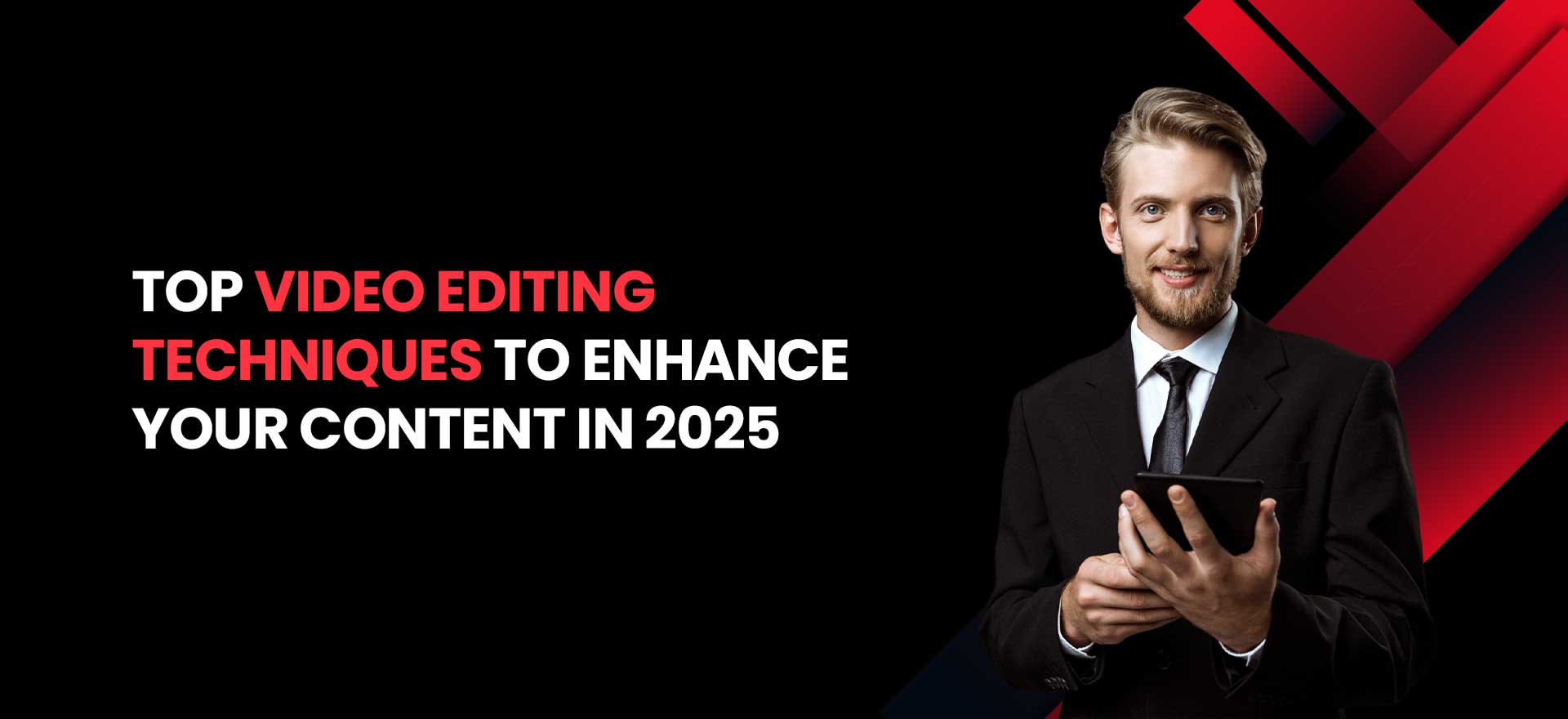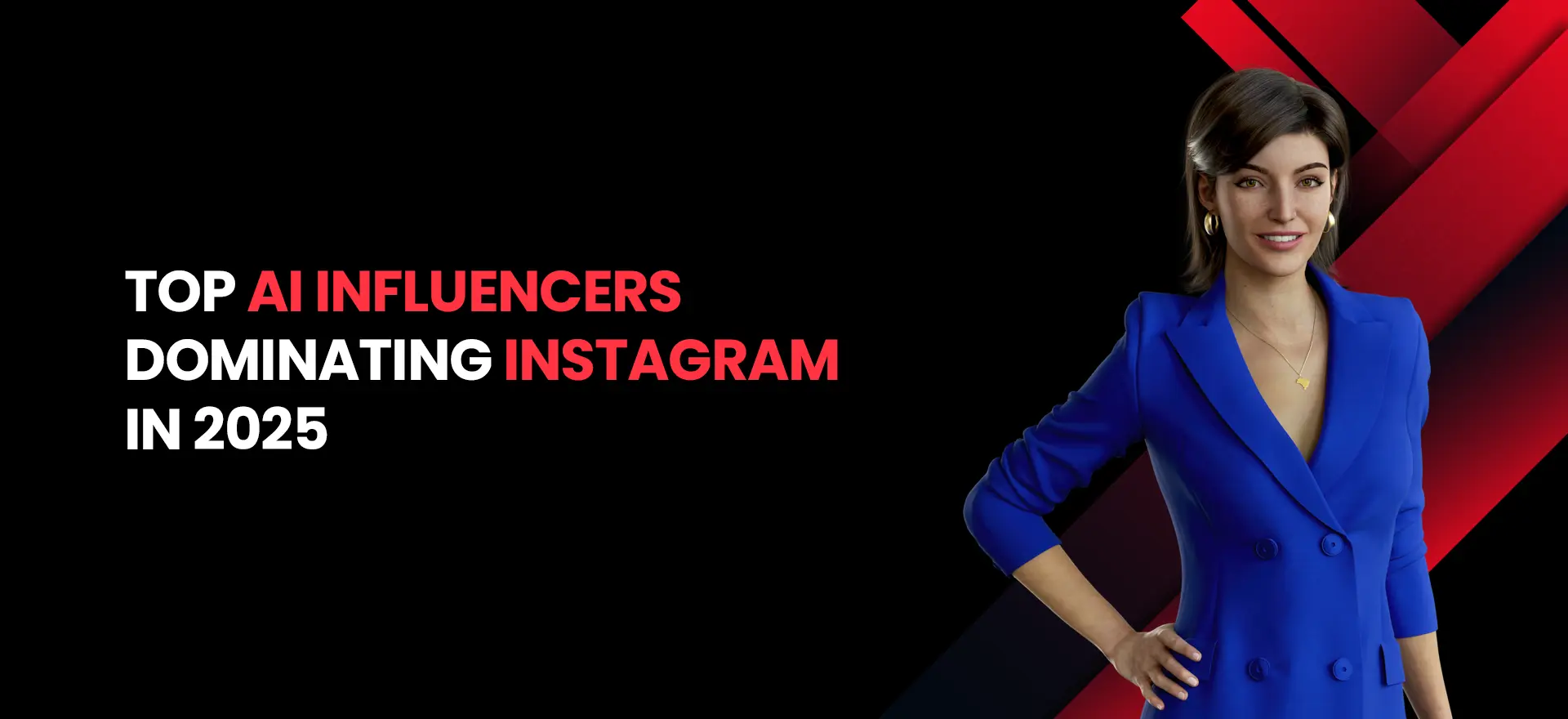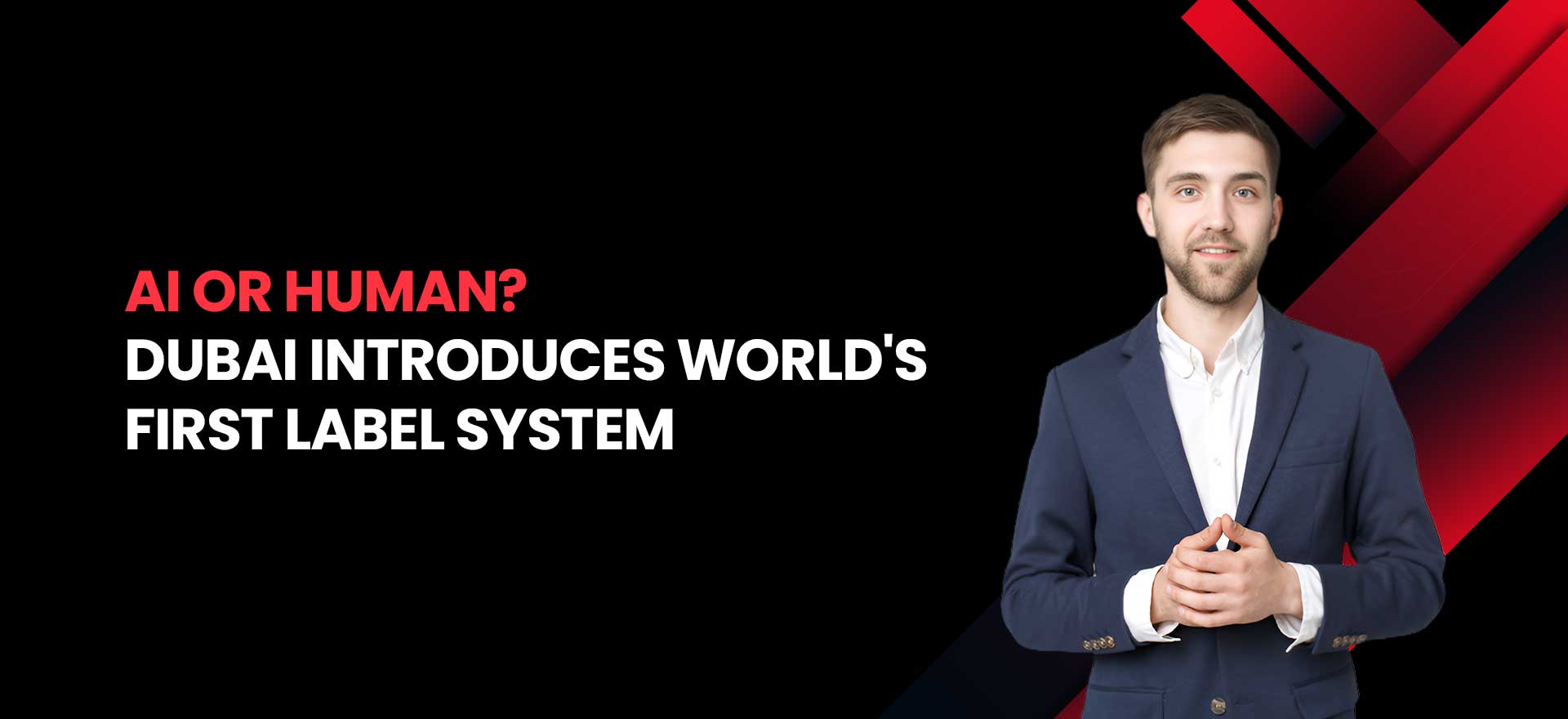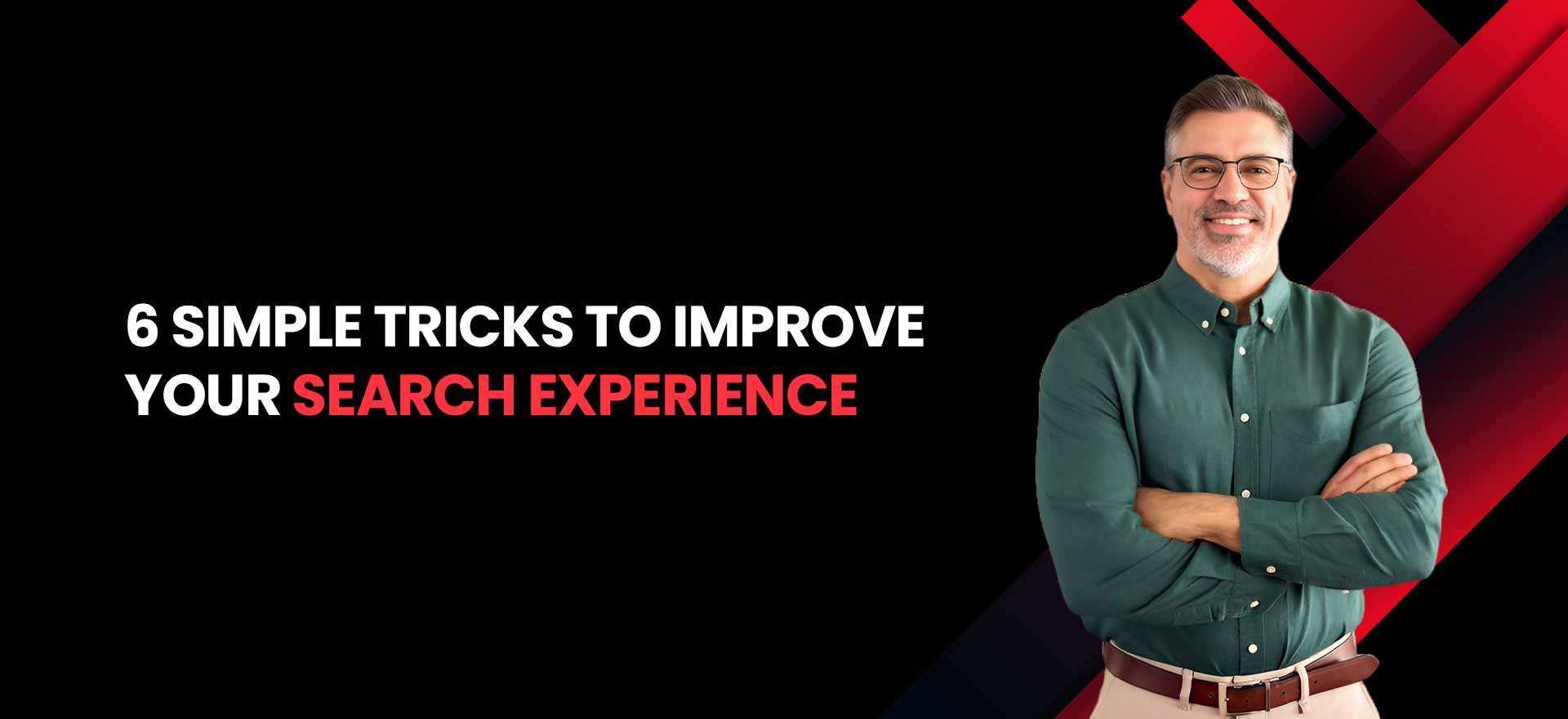In today’s fast-paced digital landscape, video editing continues to be the heart of powerful content creation. As we move through 2025, advancements in technology, particularly artificial intelligence (AI), cloud workflows, and immersive formats, are reshaping how videos are produced, edited, and delivered. For content creators, brands, and marketers, mastering these new tools and styles is essential to stay competitive, especially as audiences demand higher-quality and more engaging content across platforms like TikTok, YouTube, and Instagram.
With these changing tides, whether freelance or hired by a professional video editing company in Dubai, the techniques, and applications you learn and adopt will change everything. This guide introduces you to some of the most in-demand video editing trends for 2025, from transitions that spark creativity to automation powered by AI, how a Branding and Design Agency in Dubai will help you with effective editing, and how to amp up your video content with style and professionalism.
Best Video Editing Tips

Video Editing in the Era of AI and Automation
Artificial Intelligence is no longer a future concept, it’s a driving force in modern video editing. AI tools Now editors will certainly help in so many ways by automatic rough cutting, scene selection, and even audio sync processes. For instance, an AI would scan raw video footage, identify the non-boring parts, and suggest cuts, also making it so much more rapid for an editor to turn their project out. The use of content creation tools for visual effects supplemented by AI is so much better gamified now, allowing a much smaller creator with no studio budget to add things that audio could previously only dream of.
From all this, one of the juiciest applications would be AI used for color correction and grading. It can analyze each scene and fit different colors tones to make everything consistent between the entry point open and save hours of adjustments. Topaz AI Video Editor is one such program that epitomizes how these technologies manage workflow and encourage creative experimentation.
Pursuing in the Cloud
Cloud-based platforms unlock paths that otherwise would not be open for editing, especially among remote teams working on a global scale. Tools like Frame.io have introduced real-time collaboration features that allow editors, directors, and clients to review footage, leave feedback, and finalize projects from anywhere in the world. This shift is especially valuable for agencies and production houses working on large-scale campaigns.
The cloud has removed all restrictions on file size and quality. Now an editor can easily handle 4K, 6K, or even 8K footage without requiring heavy and expensive configuration at home. Another advantage of using cloud services is their much better security compared to local storage since sensitive data are encrypted, one of the greatest issues most businesses and creators face when dealing with confidential or brand-sensitive materials.
Creative Video Transitions That Serve the Story
Flashy transitions may have their use, but in the end, the best video editing advice comes right back to this: transitions are supposed to serve the story, not to distract from it. One of the simplest yet most effective and timeless techniques is the match cut. This cut connects two scenes through a similar visual element, similar movement, color, or composition to create a seamless flow between two scenes. It’s unobtrusive, but it subtly packs a powerful punch since it keeps the viewers’ attention without straight-up breaking the rhythm of the narrative.
On the other hand, emptying spins, wipes, and zooms do make everything seem even more confused or childish when applied excessively. The golden rule to enhance video content should be to use simple crossfades, dissolves, or clean cuts when entering and exiting scenes, especially in videos focusing on narration or brand storytelling; this in itself retains a professional tone while still allowing the audience an understanding of the rhythm and mood of your content.
Vertical Video Is the New Norm
Previously considered a secondary horizontal format, vertical video is now a key pillar of editing strategy, thanks largely to the unshakeable dominance of TikTok, YouTube Shorts, and Instagram Reels. Today’s mobile-first audiences almost exclusively engage content in portrait mode, while editors are framing, composing, and vertically editing layouts right from the get-go.
This change is not just technical but rather creative too. Vertical video imparts a degree of intimacy, immediacy, and engagement that its horizontal counterparts often lack in the social media world.
Editing for Short-Form Social Content
Concise words, in other words, are very delightful short-form videos for shooting and making that really concise, compelling storytelling. This bite-sized piece—usually under a minute-long—is used by editors who create radical mind shifts when moving from long-form storytelling. The editor must therefore open strong, often with powerful visuals, an intense question, or a currently popular audio clip, as the first few seconds are essential to capturing viewers’ interest.
Editing for this format is all about speed and engagement. No space for fluff. Every frame must create value, entertain, or pique curiosity. TikTok and YouTube Shorts are not just places to post-but are shaping the language of actual editing today. Think short, think fast, and always think vertical if you want to develop video content for modern platforms.
Professional Editing and Color Grading
Among the most underrated effective professional editing tricks is color grading. From now on, for the editor in 2025, no cinematic color is limited to a big-budget film but is an important tool in almost every editor’s contingency. Whether it’s for a lifestyle vlog, a tech tutorial, or a brand promo, the right color palette can provoke emotions, back up the branding, and elevate production value.
This year is a year of bold experimentation in grading editors. Now it is much beyond neutral tones as they delve into these stylistically edited images with custom LUTs and dramatic hues. Be it channeling pastel aesthetics for those dreamy vibes, or pushing that gritty contrast to get that documentary feel-color is indeed a going story tool. With AI also enabling real-time grading adjustments, this is the best time to train one’s eye in tone and texture.
Also Read: How to Use the New Video Editing App?
Pushing Resolution
What is definitely important in today’s editing is ultra-high resolution. More and more creators work with 8K, and this is not only to bring stunning clarity but also the potential for creative freedom. Shooting in 8K affords cropping and reframing, as well as stabilization-for 4K and HD output-without losing any quality in exporting it. Even less dymamically polished smaller videos can result from it.
Editing in these high resolutions, of course, requires a lot of computing power. But there are ways and means to achieve smooth performance in applications such as Adobe Premiere Pro, which has been designed to allow proxy workflows and GPU acceleration. Not every project calls for 8K, but the resolution standard will be progressively embraced by content makers looking for high-end material that will be future-proofed.
Virtual and Augmented Reality in Editing
Immersive media has matured from being a fad to being an entire dimension in editing. Augmented Reality (AR) and Virtual Reality (VR) are currently changing storytelling and experiential techniques: from 360-degree video to AR-based product showcases, editors are beginning to create interactive content for viewers, who are no longer passive recipients.
Such types of storytelling require a whole new skill set, but they also invite a whole new level of engagement. Imagine viewers walking through your travel vlog or interacting with floating text in a promotional video. With VR headsets and AR devices fast becoming common, the integration of these elements into your editing arsenal will give you a huge competitive edge.
AI-Generated Content
In addition to editing, AI is actually becoming involved in the creation of content. Thanks to tools such as Runway and Pika Labs, creators now write texts and are able to generate video sequences accordingly. This text-to-video technology is changing the production of tutorials, advertisements, and even entertainment for particularly creators or brands less endowed, with tools to optimize production.
Sound Design and Audio Optimization
In 2025, editing excellence goes beyond visuals—sound design plays an equally vital role in creating engaging and professional content. Well-edited audio can dramatically elevate a video’s impact by setting the mood, emphasizing transitions, or adding emotional depth.
Sound design includes background music, ambient noise, voiceovers, and sound effects. Editors are now using AI-powered audio tools that can isolate vocals, reduce background noise, or even suggest the right music track based on mood or script. These tools ensure high-quality audio without the need for a sound engineer.
Conclusion
While 2025 brings an exciting array of new technologies, effects, and formats, the best video editing still comes down to clear storytelling and creative intent. Whether you’re leveraging AI tools, perfecting your color grading, or experimenting with VR, every cut, transition, and enhancement should serve your message.
Looking to take your content further? Partner with professionals like Rightmedia Advertising, a trusted Video Editing Agency in Dubai, to elevate your brand with cutting-edge techniques.
FAQs
What are the most effective video editing techniques for short-form content in 2025?
Concise storytelling, optimized vertical formats, and use of trending sounds combined with fast-paced cuts are key.
Which editing styles are trending on platforms like TikTok and YouTube this year?
Match cuts, bold color grading, minimal transitions, and vertical framing dominate social platforms in 2025.
How can AI-powered tools enhance my video editing workflow in 2025?
AI automates tasks like scene selection, color grading, and even video generation, significantly improving efficiency.
What are the best ways to use transitions and effects without overdoing it?
Keep it simple—use transitions that enhance the flow without distracting from your core message.
How important is color grading in making content look professional and engaging?
Extremely. Thoughtful color grading sets the tone, maintains visual consistency, and elevates your brand’s visual identity.




